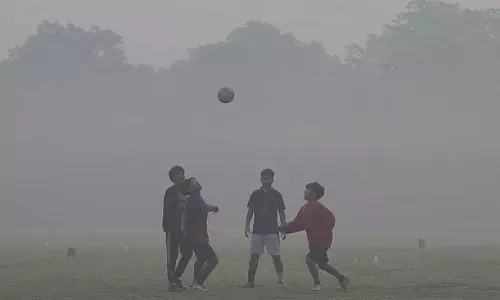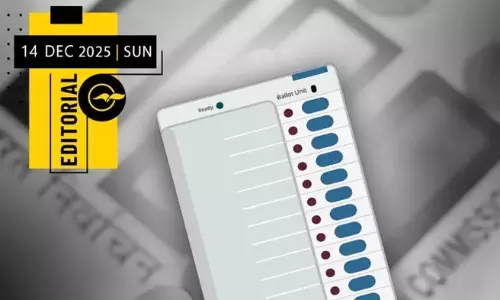
India lost access to 26 of 65 patrolling points in Ladakh: report
text_fieldsNew Delhi: Amid India's standoff with China, it has been revealed that the country has lost access to 26 of 65 patrolling points in Eastern Ladakh. In the absence of Indian Security Forces, China appears to have exerted a presence in these posts.
The worrying disclosure comes in a report by a senior police officer in the union territory at last week's annual conference of the country's top police officers in Delhi. The meeting was attended by Prime Minister Narendra Modi, Union Home Minister Amit Shah, and National Security Advisor Ajit Doval.
The research paper accessed by NDTV said that there are 65 patrolling points currently in existence starting from Karakoram pass to Chumur. These are supposed to be regularly patrolled by Indian Security Forces (ISF). India's presence is lost in PP no. 5-17, 24-32, and 37 due to restrictive or no patrolling.
PD Nitya, the Superintendent of Police of Leh, Ladakh's main city, wrote that China forces India to accept the fact that as such areas have not seen the presence of ISFs or civilians for long, the Chinese were present in these areas. She called it a tactic named 'Salami slicing' by the PLA (China's People's Liberation Army) to grab land inch-by-inch.
"This leads to a shift in the border under the control of ISFs towards the Indian side and a buffer zone is created in all such pockets which ultimately leads to loss of control over these areas by India. The PLA has taken advantage of the buffer areas in the de-escalation talks by placing their best cameras on the highest peaks and monitoring the movement of our forces. They object to our movement even in the buffer zone, claiming it to be their area of operation and then further ask us to move back to create more buffer areas," explained the officer.
The senior official added that China applied the same strategy in Galwan Valley as well. It also affects troop morale. Another senior officer posted in the area told her that if India can buy peace with the PLA for the next four years by retreating 400 metres, then it is worth it.

















